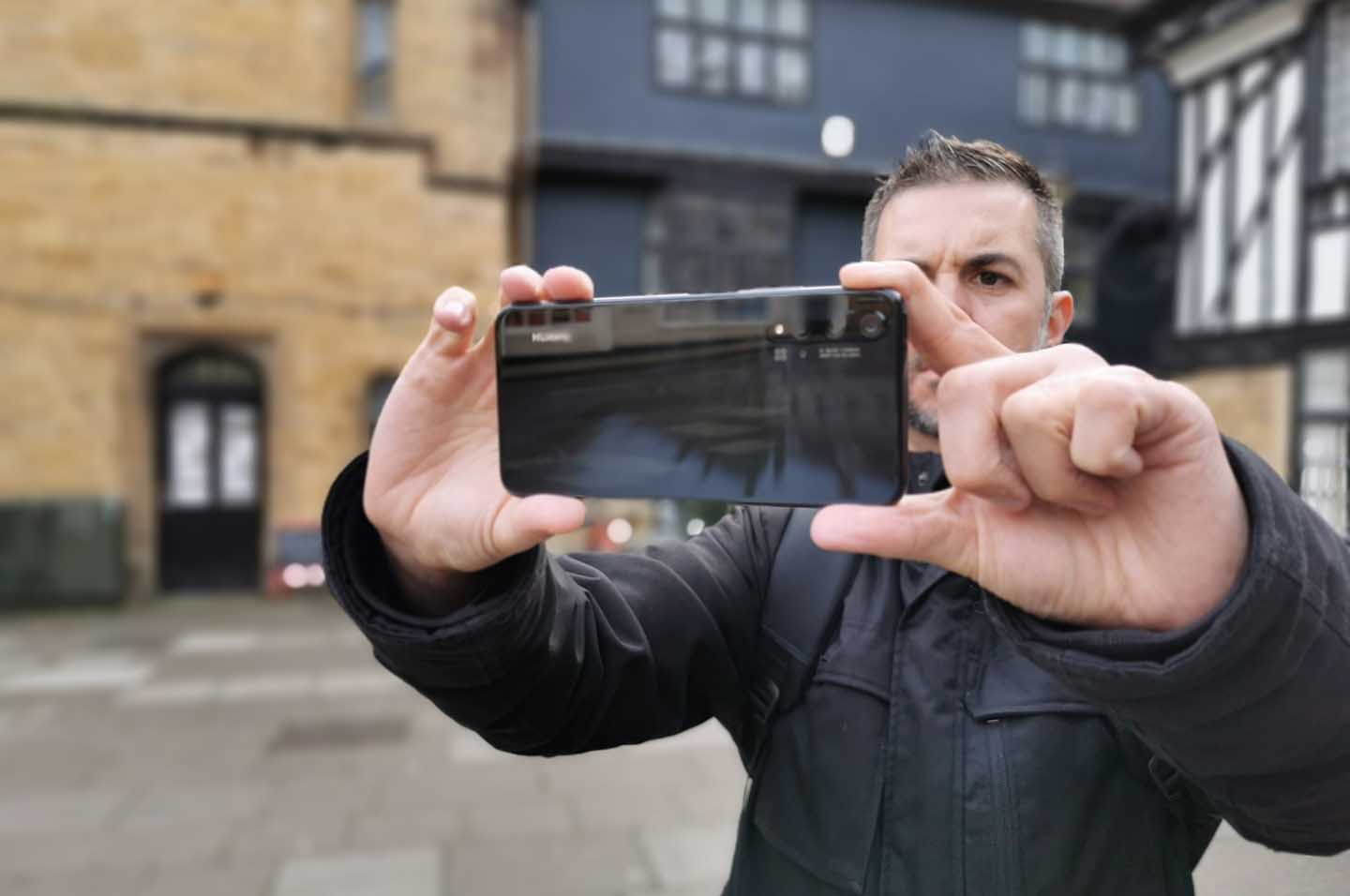[ad_1]
As the age-old adage goes, “the best camera is the one you have with you.” Yet, this sentiment often doesn’t hold sway among a section of traditional photographers, those who swear by their state-of-the-art interchangeable lens cameras. For these stalwarts, the idea of a smartphone camera being more than just a tool for casual snaps might seem ludicrous. However, the reality might be more surprising than they imagine.
When we peel away the prejudice, smartphone cameras present an exciting opportunity to learn, grow and even improve our work. Here are some of the unexpected lessons that a smartphone camera can teach even the most seasoned photographers.
- The Importance of Composition: Stripped of interchangeable lenses and high-grade image sensors, smartphone cameras force us to focus on one of the fundamental aspects of photography: composition. The fixed focal length of smartphones encourages photographers to physically move around to frame their shots, leading to a deeper engagement with the subject and the environment. It’s a brilliant way to refresh and refine our understanding of elements like perspective, symmetry, leading lines, and the rule of thirds.
- The Art of Maximising Light: Let’s face it; most smartphones don’t perform at their best in low light. But rather than being a handicap, this can be a great learning experience. It encourages us to understand and work with available light more creatively, helping to enhance our skills in shaping and controlling light.
- Embracing Limitations: It’s easy to lean on fancy gear and extensive post-processing to make an image stand out. But when you’re using a smartphone, you can’t rely on a fast prime lens or extensive editing. Instead, these limitations nudge you to tap into your creativity, to think outside the box, and to craft striking images with the tools at hand.
- Efficiency and Mobility: With their light weight and compact size, smartphones exemplify the ‘shoot and scoot’ ethos. This ease of mobility can help capture fleeting moments that you’d miss while setting up more complex equipment. It encourages spontaneity and cultivates an eye for the candid.
- Technological Innovation: Smartphones are at the cutting edge of computational photography. Features like Night Mode, HDR, and portrait mode that mimics the bokeh effect of a fast lens—all these are outcomes of advanced algorithms working behind the scenes. Familiarising oneself with these features not only opens up new shooting possibilities but also gives a glimpse into the future of photography.
While the images produced by interchangeable lens cameras remain superior in many respects, dismissing smartphones outright means missing out on significant learning opportunities. Rather than seeing smartphone photography as a threat, we should see it as a complementary tool, a way to diversify our skills, and even as a back-to-basics refresher course in the fundamentals of photography.
In essence, the camera, whether it’s the best DSLR or best mirrorless camera, or whether it’s a compact camera or a smartphone, is simply a tool. What ultimately matters is the vision, the creativity and the story that the photographer brings to life. So, let’s put aside our biases and embrace the humble smartphone for the surprisingly instructive tool that it is. After all, a true artist can create masterpieces with any brush.
[ad_2]
